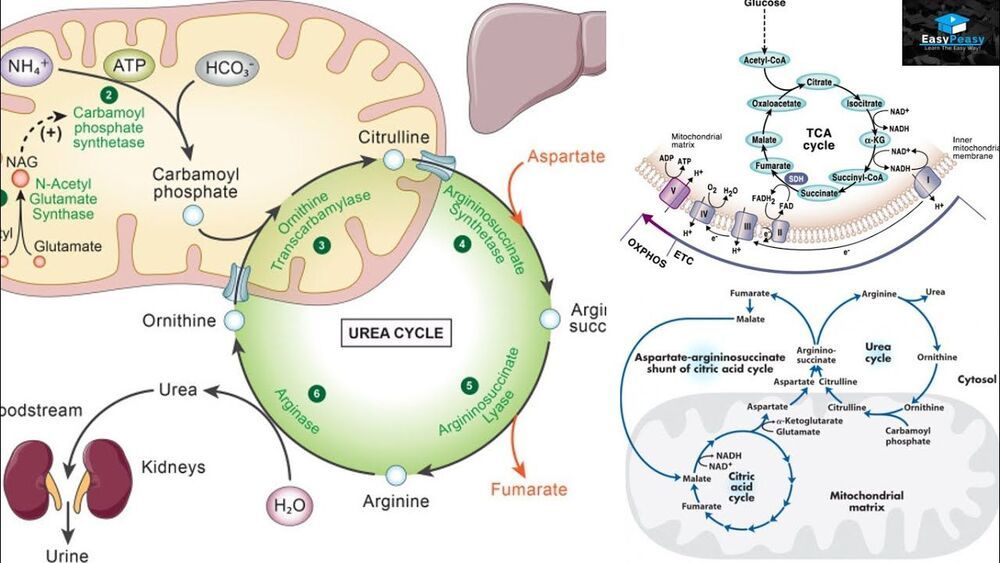May 23, 2021
What’s next: Machine learning at scale through unified modeling
Posted by Quinn Sena in category: robotics/AI
Here’s how to create a single model, rather than a set of related but separate models, to power a process or product.
Here’s how to create a single model, rather than a set of related but separate models, to power a process or product.
Physicists in Germany say they have found definitive evidence for the existence of superfluidity in an extremely cold 2D gas of fermions. Their experiment involved confining a few thousand lithium atoms inside a specially-designed trap, and they say that the finding could help shed light on the role of reduced dimensionality in high-temperature superconductors.
Understanding the mechanisms that allow electrical current to flow without resistance inside cuprate materials at ambient pressure and at temperatures of up to 133 K is one of the biggest outstanding challenges in condensed-matter physics. Although scientists can explain the process behind more conventional, lower-temperature superconductivity, they are still trying to work out how the phenomenon can take place at high temperatures in what are essentially 2D materials (cuprates being made up of layers of copper oxide). Such low-dimensional materials are prone to fluctuations that prevent the long-range coherence thought to be essential for superconductivity.
2D Fermi gases can serve as model systems to try and help clear up this mystery, having strong and tuneable correlations between their constituent fermions that can mimic interactions in superconductors. Macroscopic quantum phenomena such as Bose-Einstein condensation involve large numbers of bosons – particles with integer spin – co-existing in a single quantum state. Fermions, in contrast, have half-integer spin and are subject to the Pauli exclusion principle – which precludes multiple particles sharing quantum states. But fermions can get around this restriction by pairing up and combining their spins.

This video explains the process of amino acids degradation/ protein catabolism.
Thank You For Watching.
Please Like And Subscribe to Our Channel: https://www.youtube.com/EasyPeasyLearning.
Like Our Facebook Page: https://www.facebook.com/learningeasypeasy/
Join Our Facebook Group: https://www.facebook.com/groups/460057834950033
Support Our Channel: https://www.patreon.com/supereasypeasy
The scientist on why studying elementary particles is only one way of explaining phenomena, how the 3D printer could change the world, and her optimism about women in science.
Artificial intelligence tool can be used for long-term tracking and management of chronic gastrointestinal ailments.
An artificial intelligence tool under development at Duke University can be added to the standard toilet to help analyze patients’ stool and give gastroenterologists the information they need to provide appropriate treatment, according to research that was selected for presentation at Digestive Disease Week® (DDW) 2021. The new technology could assist in managing chronic gastrointestinal issues such as inflammatory bowel disease (IBD) and irritable bowel syndrome (IBS).
“Typically, gastroenterologists have to rely on patient self-reported information about their stool to help determine the cause of their gastrointestinal health issues, which can be very unreliable,” said Deborah Fisher, MD, one of the lead authors on the study and associate professor of medicine at Duke University Durham, North Carolina. “Patients often can’t remember what their stool looks like or how often they have a bowel movement, which is part of the standard monitoring process. The Smart Toilet technology will allow us to gather the long-term information needed to make a more accurate and timely diagnosis of chronic gastrointestinal problems.”

From a purely scientific frame of reference, many quantum phenomena like non-local correlations between distant entities and wave-particle duality, the wave function collapse and consistent histories, quantum entanglement and teleportation, the uncertainty principle and overall observer-dependence of reality pin down our conscious mind being intrinsic to reality. And this is the one thing the current physicalist paradigm fails to account for. Critical-mass anomalies will ultimately lead to the full paradigm shift in physics. It’s just a matter of time.
With consciousness as primary, everything remains the same and everything changes. Mathematics, physics, chemistry, biology are unchanged. What changes is our interpretation as to what they are describing. They are not describing the unfolding of an objective physical world, but transdimensional evolution of one’s conscious mind. There’s nothing “physical” about our physical reality except that we perceive it that way. By playing the “Game of Life” we evolved to survive not to see quantum mechanical reality. At our classical level of experiential reality we perceive ourselves as physical, at the quantum level we are a probabilistic wave function, which is pure information.
Continue reading “The Mental Universe Hypothesis: Reconnecting to Your Cosmic Self” »
University at Buffalo (UB) researchers have developed a novel 3D printed water-purifying graphene aerogel that could be scaled for use at large wastewater treatment plants.
Composed of a styrofoam-like aerogel, latticed graphene and two bio-inspired polymers, the novel material is capable of removing dyes, metals and organic solvents from drinking water with 100% efficiency. Unlike similar nanosheets, the scientists’ design is reusable, doesn’t leave residue and can be 3D printed into larger sizes, thus they now aim to commercialize it for industrial-scale deployment.
“The goal is to safely remove contaminants from water without releasing any problematic chemical residue,” explained study co-author and assistant professor of environmental engineering at UB, Nirupam Aich. “The aerogels we’ve created hold their structure when put into water treatment systems, and they can be applied in diverse water treatment applications.”
Last July, when her immediate family tested positive for Covid-19, Breanna Aguilar did not fit into any groups considered at higher risk for severe disease.
She is 31 years old, a pet sitter and former fitness teacher who once ran a half marathon. She was, by most measures, healthy.
When Aguilar got Covid-19 she lost her sense of taste, had mild fevers and muscle weakness. She could barely keep anything down yet gained about 30 pounds. Later, she developed pelvic pain, cystic acne, breast tenderness, headaches, brain fog and extreme fatigue.
Strong AI will make excellent scientists.
Calculating the most influential scientific equations is no easy task. But these five certainly rank in the top tier.
Nathan Copeland learned to move a robotic arm with his mind, but it was kind of slow. Then researchers gave him touch feedback.
